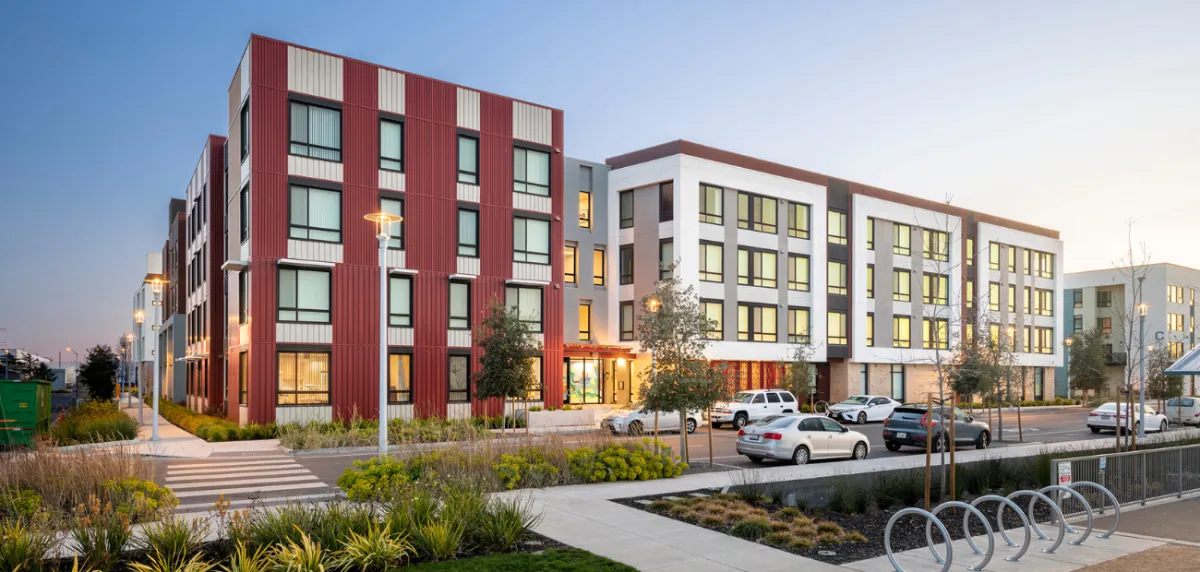CGI Strategies plans to acquire $500 million in apartment assets over the next 12 months, citing plenty of reasons to be bullish on the asset class.
By Kelsi Maree Borland | November 16, 2020 at 04:00 AM
While the pandemic has destabilized multifamily, investors continue to be bullish on the long-term fundamentals of the asset class. CGI Strategies is among the confident. The firm plans to acquire $500 million in apartment product in the next 12 months, and it has a longer-term goal of increasing its assets under management to $1 billion to $5 billion in the next five years. The housing shortage is among the reasons to have a positive outlook, but it isn’t the only reason.
“CGI is bullish on multifamily for a number of reasons, not the least of which is the fact that we have massive long-term housing shortages and affordability issues in many of the markets we’re targeting,” Michaael DiSimone of CGI Strategies, tells GlobeSt.com. “Another major factor is that we have a generation of younger renters that are more apt to rent longer and possibly buy later than previous generations. Contributing to this is that many have significant personal debt and student loan burdens that will likely make home ownership challenging. We also can’t ignore the cohort of renters that are currently living with their parents as a result of COVID. I think it was PEW Research Center that recently reported that the largest number of 18-29 year olds are currently living at home with their parents since the Great Depression. That’s the demand that we want to capture in the coming years.”
While the growth goals sound aggressive, it is actually an organic expansion for the company and a decision independent of the pandemic. “Candidly, we view this more as organic rather than rapid growth. The hard part was getting to where we are now with approximately $1 billion in AUM,” says DiSimone. “It took some time, but Gidi has done a great job in proving out our investment thesis over the years. As a result, CGI has significantly grown its investor base, which allows us to seek out larger, institutional quality assets in the markets that we have now identified. We continue to build a team that can accomplish that, and I’m happy to be part of it.”
The firm is targeting specific geographic regions for this growth. The Central and Eastern US have had acquisition opportunities for large assets. “The larger deal sizes allow us to more quickly scale our portfolio,” says DiSimone. “We have to be significantly more selective on the West Coast due to smaller general deal sizes, extremely low going-in yields, and the rent controlled nature of the product in some of the markets we’re targeting. In terms of generating returns for our investors, we’re finding the best opportunities in what could be called the first or second ring just outside of the downtown core—locations where a resident can get downtown in 20-30 minutes or so, we can typically offer a lower density product with a larger average unit size, and there’s access to quality schools.”
This isn’t a shift in strategy however, and the firm hasn’t made any significant changes due to the pandemic. “If anything, we’ve ramped up the intensity level,” says DiSimone. “We’re on a mission to grow the portfolio.”












